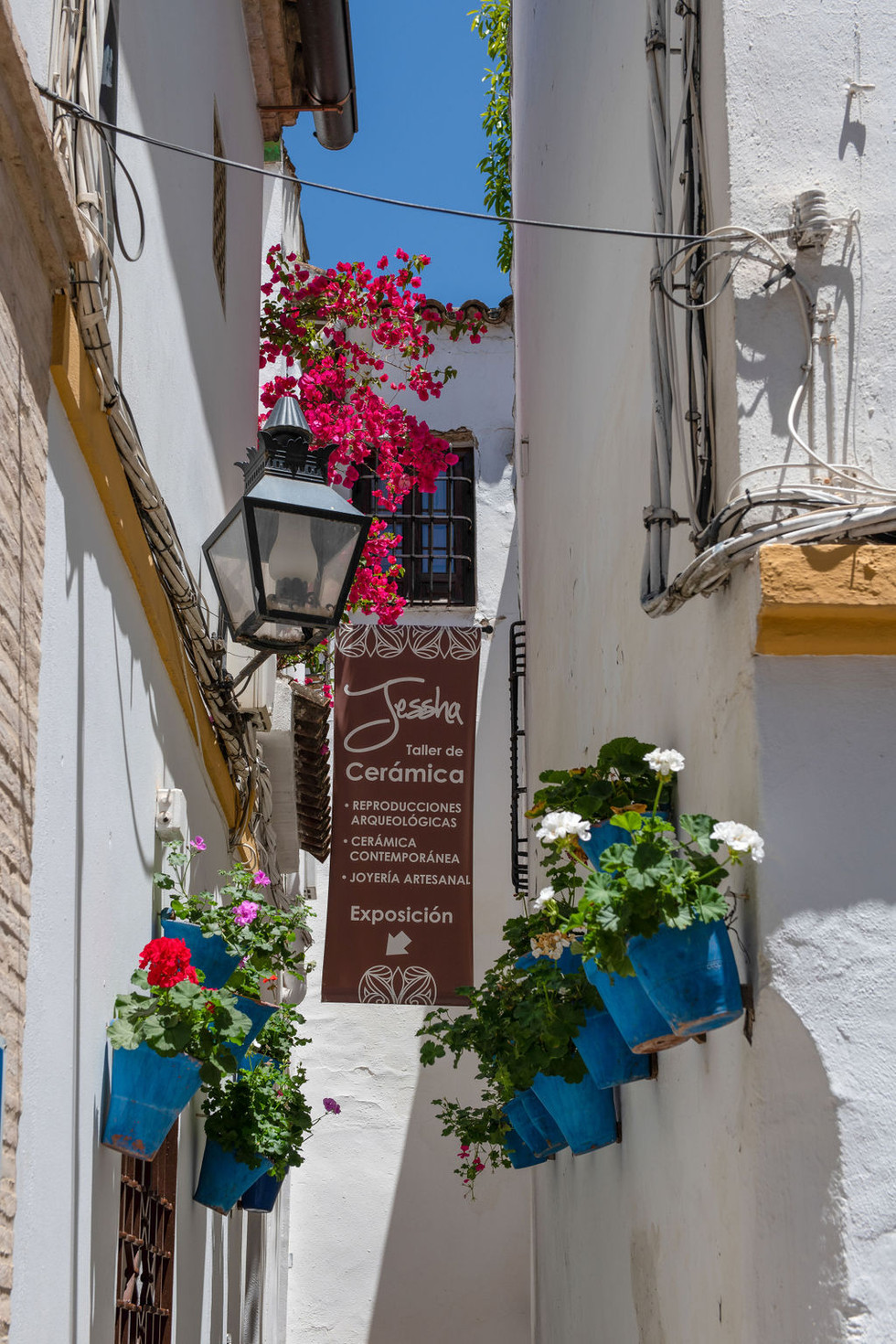Córdoba, Spain: Andalusian Beauty
- That's How We Travel

- Jan 1, 2021
- 3 min read
Summary. Just 45 minutes by train from Seville, Córdoba is known for La Mezquita, a mosque dating back to the 8th Century. The City's diverse architecture reflects it's more than 1000 year history of occupation by Roman, Visigoth, Islam, Judaism and Christian rulers. What made this City extra special for us was visiting the Royal Stables and their gorgeous Andalusian horses, a breed that originated from the Iberian Peninsula.
Our day trip to Córdoba began with a free walking tour with Oway Tours. This 2.5 hour tour takes you through the City center to see the Roman Temple, the Corredera Square and the Potro Square as well as the exterior of Mosque of Cordoba, and the Jewish quarter. Don't forget to tip your tour guide generously.
Next we walked to La Mezquita, also known as the Cathedral of Our Lady of the Assumption Cordoba's famous Roman Catholic Church built on an Islamic Mosque. A UNESCO World Heritage Site, the original mosque was built in the 8th Century when Cordoba was the capital of the Muslim controlled region of Al-Andalus. Under Ferdinand III, the great mosque was converted into a Catholic Church in the 13th Century. The Hypostyle prayer hall is the most recognizable part of this unique building.
Next we walked over to view the Roman Bridge. Built in the 1st Century A.D., this bridge was featured on HBO's Game of Thrones.
The highlight of the day came late in the afternoon when we stumbled upon the Royal Stables (Cordoba Equestrian Center). As a horse person, I twisted my family's arms to at least go sneak a peak at some of Cordoba's famous Andalusian horses. Located just a few minutes by foot from the Roman Bridge, I persuaded my family to drop in and see if there would be a show that day. As it turned out, the show was too late in the day for us to attend and still return to Seville, but the ticket office let us know about a practice session that was open to the public. For just 5 euros a person, we would be able to view the carriage museum and watch the trainers work the horses in the practice ring before their evening show. After grabbing a cold beer and snacks at a near by restaurant, we returned for the training session that was scheduled to begin just an hour after we arrived at the stables.
The entire complex is right in the City center, but once you go through the entry gates, it's like you've entered a country stables with the only exception perhaps being the carriage museum that sits next to the entrance. After walking through the cobbled stone entry, guests are allowed to watch the trainers prepare the horses for riding and say hello to horses in their stalls.
A shaded bench sits next to the training arena where we sat and watched the trainers exercise and train their horses. Andalusians date back to prehistoric times and may have been ridden by humans as far back as 4000 B.C. This large breed was used as a war horse on the Iberian Peninsula for centuries by the Romans, Moors, Germanic groups, and of course, the Spanish.
When you watch these gorgeous animals work, you can appreciate why we've had such a long history with them. The trainers here at the Royal Stables are remarkable in their own right as well. Talented and clearly devoted to their horses, it was a thing of beauty to witness. Truly, I believe the training session is much better than anything you can witness in a show as what it lacked in choreography in gained in a real display of the close relationship between rider and horse. This remarkable experience was one of my favorite moments of the trip.


















































A wonderful post rich with history and beauty. The horses are the best part (for me), as they are truly magnificent creatures (in general), and those featured here are stunning. Thank you for sharing!